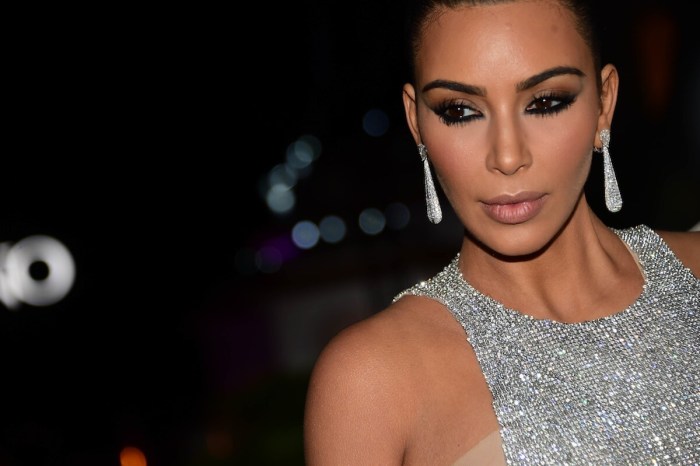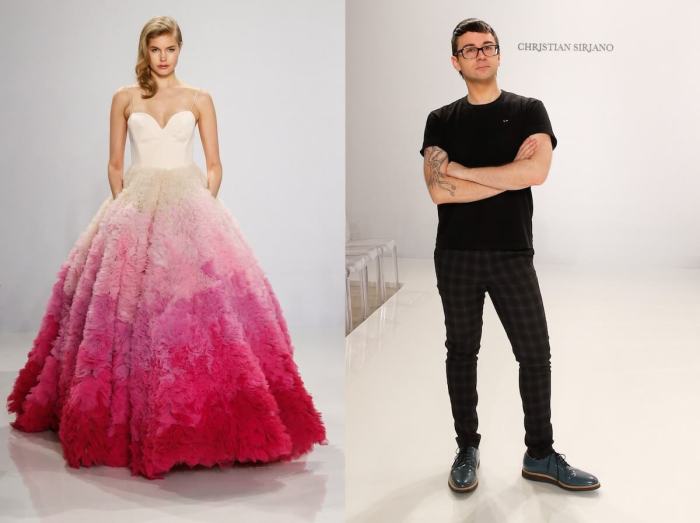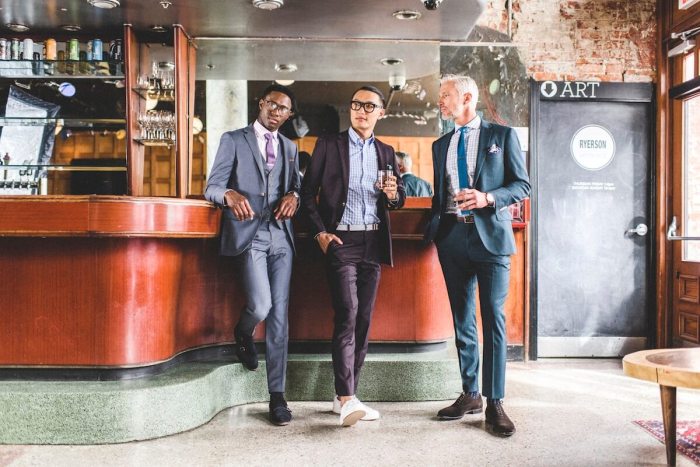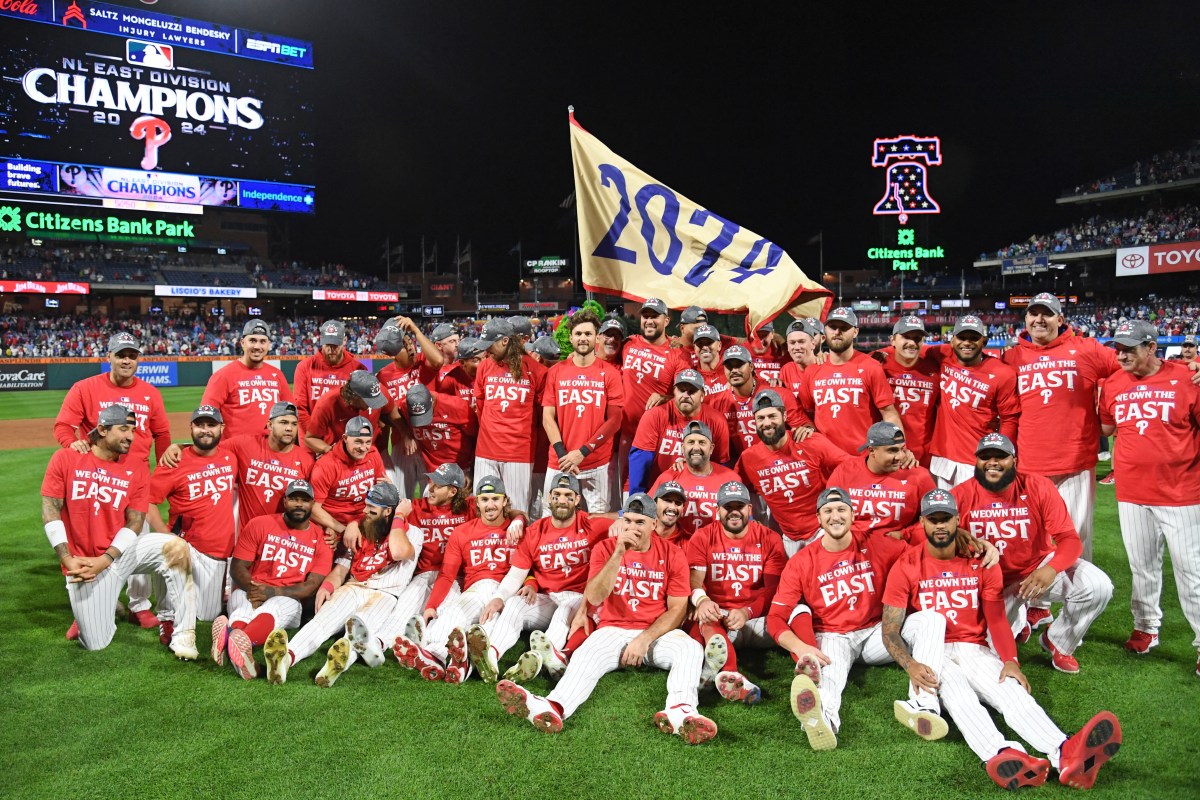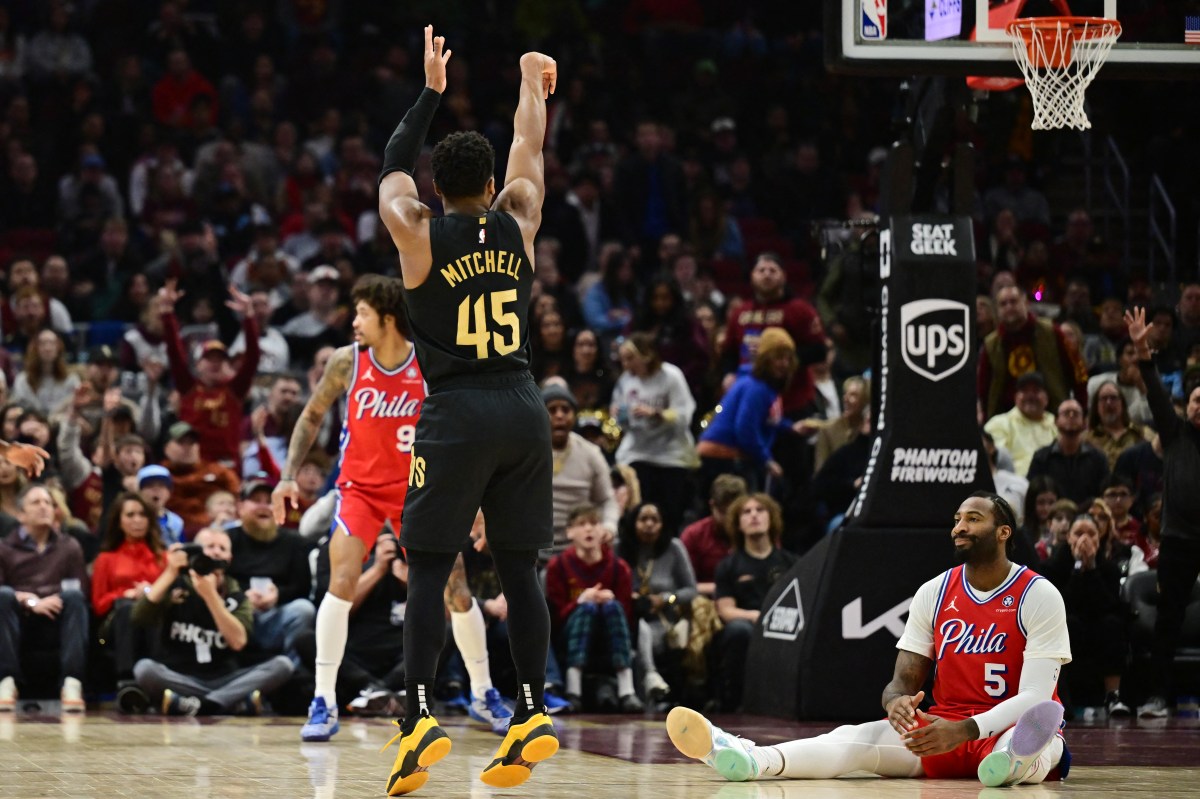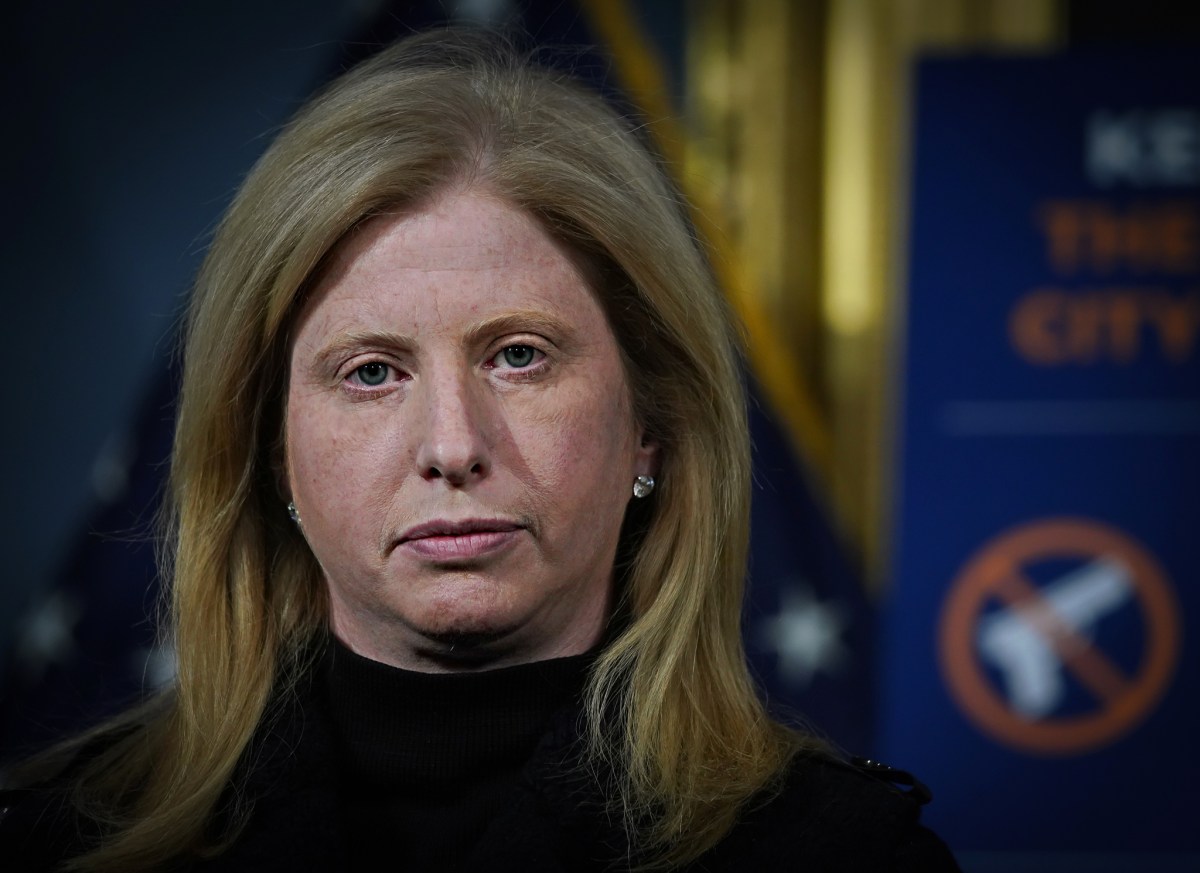The capture of Joaquín “El Chapo” Guzmán has been all over the news of late, but more surprisingly, he’s garnered attention from the fashion press. The notorious leader of the Sinaloa drug cartel, who was recently interviewed by actor Sean Penn, caused quite a stir with his garish shirt. The blue and silver striped shirt, which the drug baron wore for the Rolling Stone feature, is by Californian company Barabas — and bang on trend for Spring/Summer’16. Related: Sean Penn regrets your criticism of he El Chapo interview The label is even flaunting their fame on their website through the caption: “Most wanted… shirt.” Fame and fortune, as we find out, have long been bedfellows of the most notorious criminals in the world. From narco soap operas to pop kingpins Related: Child’s Pablo Escobar Halloween costume ignites social media controversy Escobar stopped being a murderer and became a media figure and a gold mine: all books related have become bestsellers, the tours organized by his brother, Roberto, are famous, and even his former chief of assassins, “Popeye” came to have a Facebook page where he was admired by thousands. “Society enjoys the mobster taste, the silicone truth and gun aesthetics, so our fiction, language, architecture and tastes, celebrate, shamelessly, the values of drugs,” explained the Colombian television critic Omar Rincon when analyzing in 2009 and 2010 this phenomenon in his study “Narco-aesthetics and narco-culture in narcolombia “. “We have taken into our daily life the way they think, act, dream and express themselves”, he said at that time. The kingpin was already “cool”, he just wasn’t “chic.” Productions such as “The Lord of the Skies” and “Capo” show criminals who are more like rock stars trailed by screaming fans. Sebastian Marroquin, the son of Escobar, launched a line called “Escobar Henao”, featuring shirts with the face of his father and phrases of peace. While, Michael Corleone Blanco released “Pure Blanco”, an urban line emblazoned with the image of his mother where you can see hoodies with the face of his famous mother “Griselda Blanco”, the so-called “Queen of Cocaine”, famous for killing her lovers and wanting to kidnap John F. Kennedy Jr. The “mafia dolls”: the big business of Latino fashion “The Colombian drug trafficker in the Eighties and Nineties saw in fashion a place to launder money and earn status. It also gave powerful men the means to turn their women into veritable trophy wives. It’s why the infamous butt lift jean was born. The skin-tight jeans “put the woman’s body in a format that men in the world would want, with little left to the imagination and lots of meat, because in the Latino culture more is more”, explains Gabriel Alvarado Mosquera, trend consultant and director of the Gran San shopping center in Bogota. It’s a trend that’s catching on, with Mosquera, adding: “Latinos gained ground, just look at Shakira or Sofia Vergara and her successful clothing line at K-Mart.” Although big butts aren’t for everyone, the rise of ‘belfies’ by celebrities, like Rihanna and Kim Kardashian arguably cements narco culture into the mainstream. From Escada to Moschino Fashion Bandits Similarly, Al Capone and Michael Corleone, both reality and fictional big bosses, have inspired menswear and television, like “Boardwalk Empire”. The “power suits” of the son of Don Vito and mobster overcoats from the 1920s can be found in vintage stores and have been featured as icons of male style. You can’t say the same for the FARC, whose attempts to conquer fashion through shirts from “Fighters and Lovers”, ended in a judicial inquiry and even a diplomatic mess, as profits were used to finance them and the Popular Front for the Liberation of Palestine. The Islamic State has also launched their own clothing line to recruit new “believers.” Mexico and Colombia. The narco stigma and horror Luxury designer brands are suffering too: “Great high-end firms had serious slumps in sales when it was discovered that the Mexican narcos were buying them. Previously recognized as standards of good taste, now they were stigmatized,” says Gustavo Prado, fashion expert and consultant to Mexican trends.
Since 2006, television products that focused on the stories of Colombian and Mexican drug traffickers have had great international success, with ”Escobar, the Master of Evil,” the biggest of them all. The series based on the most famous drug lord of all times had an 80 per cent share in Colombia’s Telemundo network, which to 2.2 million viewers on its debut in 2012.
Before Kim Kardashian and Nicki Minaj turned the XXL booty into something “mainstream,” Latinas were flaunting it through no pocket jeans.
Colombian drug dealer Elizabeth Montoya de Sarria, alias “La Monita Retrechera,” was one of the best known female Cali Cartel members. Her wardrobe was auctioned last year and several designer pieces were found, among those, colorful Escada garments from the Eighties and Nineties. Years later, this entire aesthetic would be brought back by Moschino’s creative director Jeremy Scott.
Incredibly, beyond the Latin context, fashion has celebrated other controversial figures, like in Thailand, where Hitler and the fascination for Nazi uniforms is creating a booming industry, despite the indignation of the West.
“Narco aesthetics” has started a controversial trend for young women. Manuela Henao, in her photographic series “Beauties”, asks how young Colombian woman from Medellin, Colombia, go under the knife at an early age to get the narco look. “Although it hurts, in Colombia there has been a widespread popularity of the drug culture. Medellin women have grown up with the idea kind of that women are a garnish for men, and without tits, there is no paradise,” says Henao on Twitter.
‘Narco’ fashion is big business for drug dealers and global brands
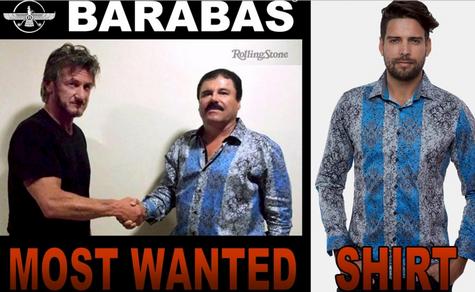
MWN


